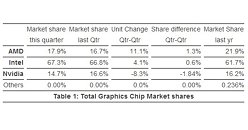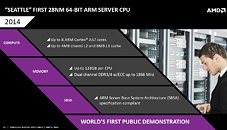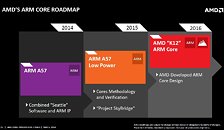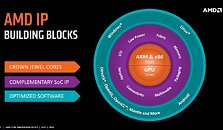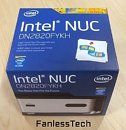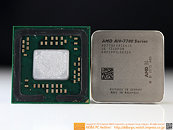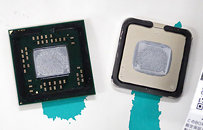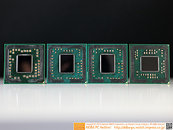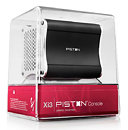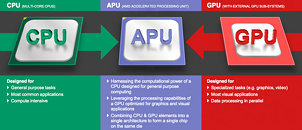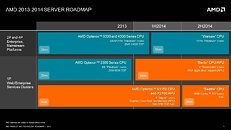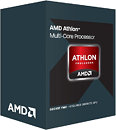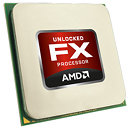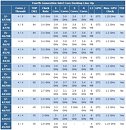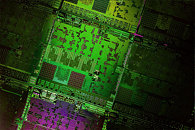
Lenovo Completes Initial Closing for Acquisition of IBM's x86 Server Business
Lenovo and IBM today announced that they have completed the initial closing for Lenovo's acquisition of IBM's x86 server business under the terms described in their announcement on Monday, September 29, 2014. Lenovo is acquiring System x, BladeCenter and Flex System blade servers and switches, x86-based Flex integrated systems, NeXtScale and iDataPlex servers and associated software, blade networking and maintenance operations. IBM retains its System z mainframes, Power Systems, Storage Systems, Power-based Flex servers, and PureApplication and PureData appliances.
As part of the agreement, Lenovo and IBM have also established a strategic alliance where Lenovo will serve as an Original Equipment Manufacturer (OEM) to IBM and will resell select products from IBM's industry-leading storage and software portfolio. These include IBM's entry and midrange Storwize storage product family, Linear Tape Open (LTO) products, and elements of IBM's system software portfolio, including Smart Cloud software, General Parallel File System and Platform Computing solutions.
As part of the agreement, Lenovo and IBM have also established a strategic alliance where Lenovo will serve as an Original Equipment Manufacturer (OEM) to IBM and will resell select products from IBM's industry-leading storage and software portfolio. These include IBM's entry and midrange Storwize storage product family, Linear Tape Open (LTO) products, and elements of IBM's system software portfolio, including Smart Cloud software, General Parallel File System and Platform Computing solutions.

